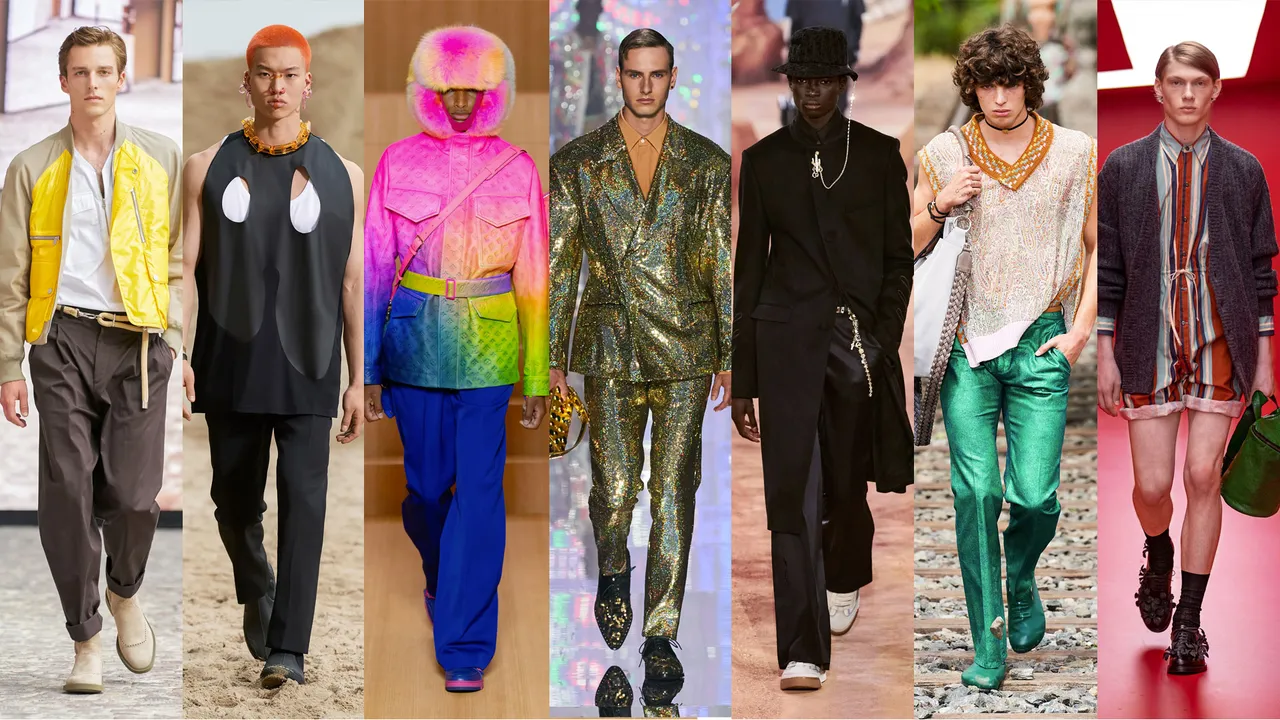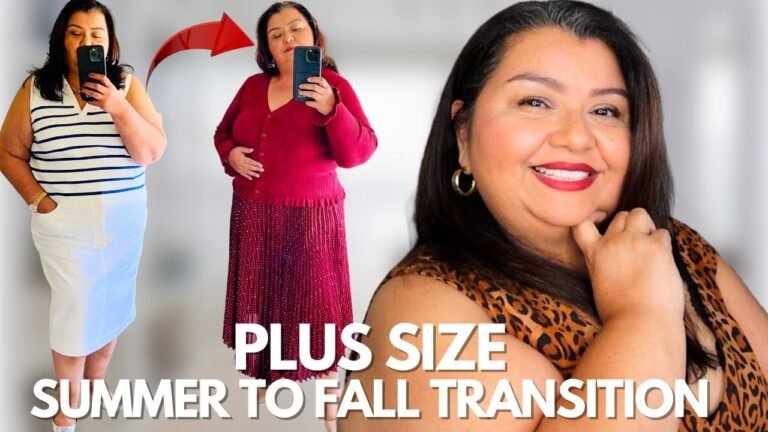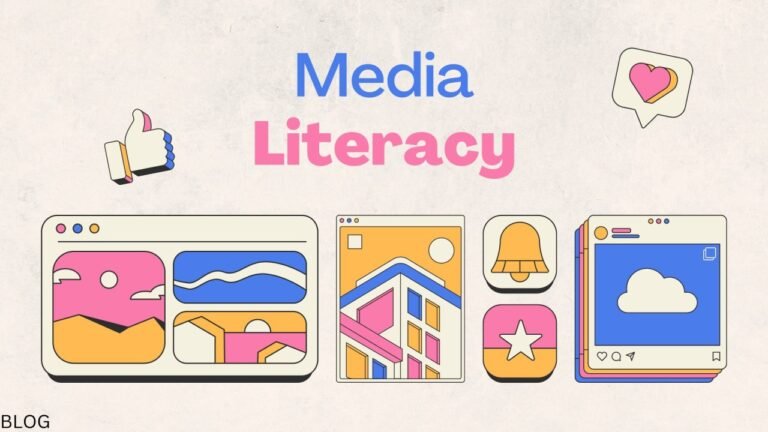A Guide To Different Fashion Styles
Exploring the Enduring Appeal of Classic Fashion
Fashion is a dynamic form of self-expression, with countless styles evolving over time and reflecting diverse cultures and individual preferences. Understanding these different aesthetics can help one navigate their personal wardrobe choices and appreciate the broader industry. Among these, **Classic Fashion** stands as a foundational style, revered for its timeless elegance that gracefully transcends fleeting trends. It emphasizes well-defined silhouettes, a meticulously chosen neutral color palette, and an unwavering commitment to high-quality fabrics. This approach ensures that pieces are not only durable but also versatile, forming the backbone of a sophisticated wardrobe.
Staples of classic fashion include iconic garments such as the trench coat, a crisp button-down shirt, and a perfectly fitted blazer. These items are celebrated for their ability to be dressed up or down, making them adaptable to various occasions. The style is often associated with legendary designers like Ralph Lauren and Chanel, who have championed its principles of enduring style and impeccable craftsmanship. Adherents to classic fashion often prioritize investment pieces, focusing on longevity and inherent sophistication over the ephemeral nature of seasonal fads. The aesthetic conveys a sense of maturity, professionalism, and an understated luxury that speaks volumes without excessive ornamentation. Building a classic wardrobe means investing in quality items that offer endless styling possibilities, making it a sustainable and perpetually chic choice for discerning individuals MasterClass.
Embracing the Free Spirit of Bohemian (Boho) Fashion
In stark contrast to the structured nature of classic wear, **Bohemian (Boho) Fashion** draws its rich inspiration from artistic, unconventional, and free-spirited lifestyles. Its roots are deeply embedded in the counter-culture movements of the 1960s and 70s, reflecting a desire for freedom, individuality, and a connection to nature. This distinctive style is characterized by its embrace of flowing fabrics like cotton, linen, and rayon, often adorned with earthy tones and intricate patterns such as paisley, floral, and ethnic prints.
Artisanal details are paramount in boho fashion, with elements like intricate embroidery, playful fringe, and creative patchwork adding a unique, handcrafted touch to garments. Key pieces that define this aesthetic include maxi dresses, wide-leg pants, and relaxed tunics, all designed for comfort and ease of movement. Accessories play a crucial role, often featuring natural materials like wood, beads, and leather, seen in layered necklaces, stacked bangles, and wide-brimmed hats. The overall vibe of bohemian fashion is relaxed, comfortable, and distinctly romantic, conjuring images of music festivals and sun-drenched landscapes. It’s a style that celebrates personal expression and a departure from mainstream fashion norms, making it a perennial favorite for those who value comfort and an artistic flair MasterClass.
The Understated Elegance of Minimalist Fashion
**Minimalist Fashion** takes a decidedly different approach, prioritizing simplicity, clean lines, and a philosophy that champions “less is more.” This style is characterized by its stripped-back aesthetic, focusing on essential pieces that exude subtle elegance without the need for excessive ornamentation. The color palette in minimalist fashion is typically monochromatic, featuring a sophisticated array of black, white, gray, and beige. These neutral tones create a cohesive and versatile wardrobe, allowing for effortless mixing and matching.
Central to minimalist fashion is an unwavering focus on quality construction and premium fabrics. The beauty lies in the texture and cut of the garments rather than busy prints or embellishments. Silhouettes are often uncluttered and sleek, featuring tailored trousers, simple shift dresses, and structured outerwear. This design philosophy values functionality, creating pieces that are not only stylish but also highly practical. Enthusiasts of minimalist fashion often embrace the concept of a capsule wardrobe, where a limited number of high-quality, interchangeable items can create a multitude of outfits. This approach not only promotes conscious consumption but also fosters a sense of calm and order, allowing the individual’s personality to shine through rather than being overshadowed by elaborate clothing choices. It’s a testament to the
idea that true sophistication often lies in restraint Vogue UK.
The Urban Pulse of Streetwear
Emerging from the vibrant subcultures of the 1980s and 90s, **Streetwear** is a relatively newer yet immensely influential style that has profoundly reshaped the global fashion landscape. It is a dynamic blend of elements drawn from hip-hop culture, skatewear, and increasingly, high fashion, creating an aesthetic that is both comfortable and inherently stylish. Streetwear often features oversized silhouettes, which offer a relaxed fit and a defiant edge against traditional tailoring. Graphic tees, hoodies, and an array of highly sought-after sneakers are quintessential elements of this style.
The evolution of streetwear has seen it move from niche subcultures to mainstream prominence, with brands like Supreme and Off-White playing instrumental roles in its rise. These brands, among others, have masterfully blurred the lines between luxury and casual wear, elevating everyday items to aspirational status through limited editions, strategic collaborations, and a strong sense of community. Other key items include tracksuits, cargo pants, and bomber jackets, all designed to offer both comfort for urban exploration and a strong fashion statement. The culture surrounding streetwear is often characterized by “drop culture,” where new collections are released in limited quantities, creating hype and a sense of exclusivity. This style is not just about clothing; it’s about identity, community, and the ever-evolving conversation between urban art, music, and fashion Highsnobiety.
The Refined Traditions of Preppy Fashion
**Preppy Fashion** is a style steeped in tradition, originating from the distinguished aesthetics of East Coast American private schools and the prestigious Ivy League universities. It embodies a look that is both tailored and impeccably clean-cut, projecting an image of neatness and polished respectability. The foundation of preppy fashion lies in classic, high-quality garments that convey a sense of heritage and understated privilege.
Characteristic elements of preppy fashion include iconic pieces such as polo shirts, often featuring vibrant and classic colors, and sophisticated argyle patterns seen on sweaters and socks. Blazers, typically in navy or tweed, are a cornerstone, paired with crisp chino pants or tailored skirts. Footwear often includes boat shoes, loafers, or classic leather oxfords, completing the refined ensemble. The color palette extends beyond bright primary hues to include pastels and nautical themes, reflecting leisure activities often associated with this lifestyle, such as sailing, tennis, and golf. Fabrics like cotton, wool, and tweed are favored for their durability and classic appeal. Preppy fashion, while rooted in tradition, has also seen various reinterpretations over the decades, maintaining its core identity while adapting to contemporary tastes. It represents a commitment to enduring style, quality, and a cultivated aesthetic that transcends fleeting trends, offering a timeless look that is both elegant and approachable Business Insider.
Sources
- Business Insider – A brief history of preppy style, which started with wealthy WASPs in the early 20th century and has had a huge impact on mainstream fashion
- Highsnobiety – Streetwear News & Stories
- MasterClass – How to Dress Classy: 7 Tips for a Timeless Style
- MasterClass – What Is Bohemian Fashion? History, Elements, and Styling Tips
- Vogue UK – The Vogue Guide To Minimalist Fashion
From timeless classics to bold streetwear and carefree bohemian styles, each fashion aesthetic offers a unique way to express identity. Whether embracing minimalism’s refined restraint or preppy tradition’s polished heritage, these styles highlight fashion’s enduring role as both personal expression and cultural storytelling.




